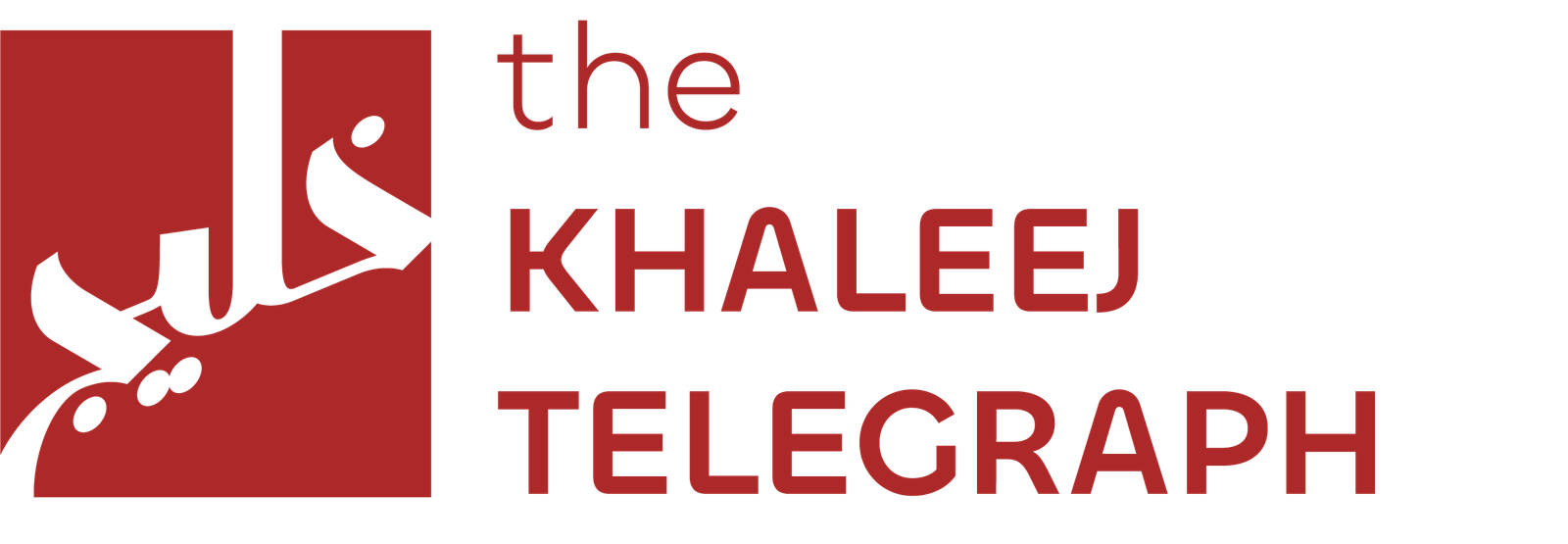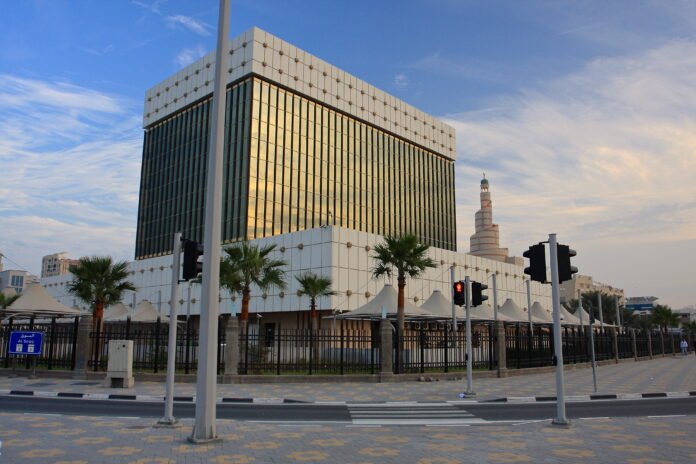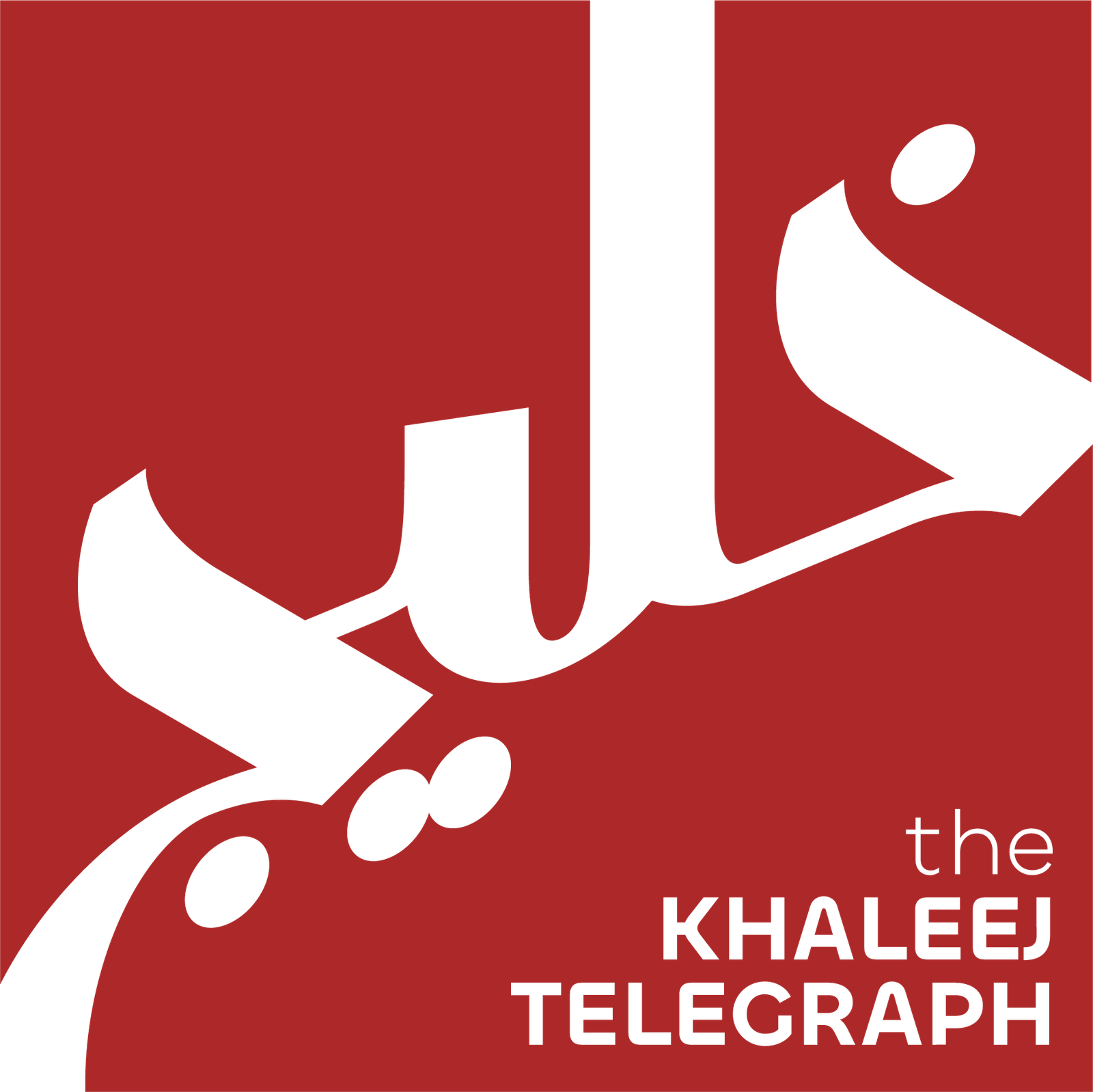Qatar’s Central Bank reported a significant increase in foreign reserves and liquidity, highlighting the country’s strong financial position. Total reserves rose by 3.08% compared to last year, reaching QR261.050bn, up from QR253.242bn. This growth reflects Qatar Central Bank’s effective management of the nation’s foreign assets and overall economic stability.
Official international reserves grew by 3.73%, or QR7.262bn, reaching QR201.548bn, compared with QR194.286bn previously. These reserves include foreign bonds, treasury bills, cash balances with foreign banks, gold holdings, Special Drawing Rights (SDRs), and Qatar’s quota at the International Monetary Fund (IMF). Moreover, additional liquid assets such as foreign currency deposits are included in the total.
Holdings of foreign bonds and treasury bills decreased slightly by QR3.947bn to QR132.879bn. However, Qatar’s gold reserves surged by nearly QR17.953bn, reaching QR52.030bn compared with QR34.077bn last year. Meanwhile, SDR deposits with the IMF edged down by QR38m to QR5.248bn, and cash balances at foreign banks decreased by about QR6.706bn to QR11.390bn. These shifts indicate strategic adjustments by Qatar Central Bank to balance liquidity, risk, and returns across different asset classes.
Qatar Central Bank continues to strengthen the country’s financial stability by carefully managing its foreign reserves. By diversifying holdings across bonds, cash, gold, and SDRs, the bank ensures liquidity while maintaining strong returns. Furthermore, these measures provide Qatar with the flexibility to respond to global market changes and economic challenges.
In addition, Qatar Central Bank emphasizes transparency and reporting to maintain investor confidence. By regularly updating figures and providing detailed breakdowns, the bank helps both local and international stakeholders understand the country’s financial strength. This approach also highlights Qatar Central Bank’s commitment to best practices in managing national assets.
Experts note that growth in gold reserves and other liquid assets strengthens Qatar’s position in the global financial system. These reserves provide a buffer against economic shocks and support the nation’s ongoing development initiatives. Moreover, Qatar Central Bank’s strategy reinforces long-term financial resilience while contributing to overall economic growth.
Overall, Qatar’s main banking authority shows strong management of foreign reserves, liquidity, and international assets. The phrase Qatar banking authority emphasizes the institution’s vital role in ensuring financial stability, supporting economic resilience, and guiding strategic development. These results confirm Qatar’s strong position in regional and global financial markets.


